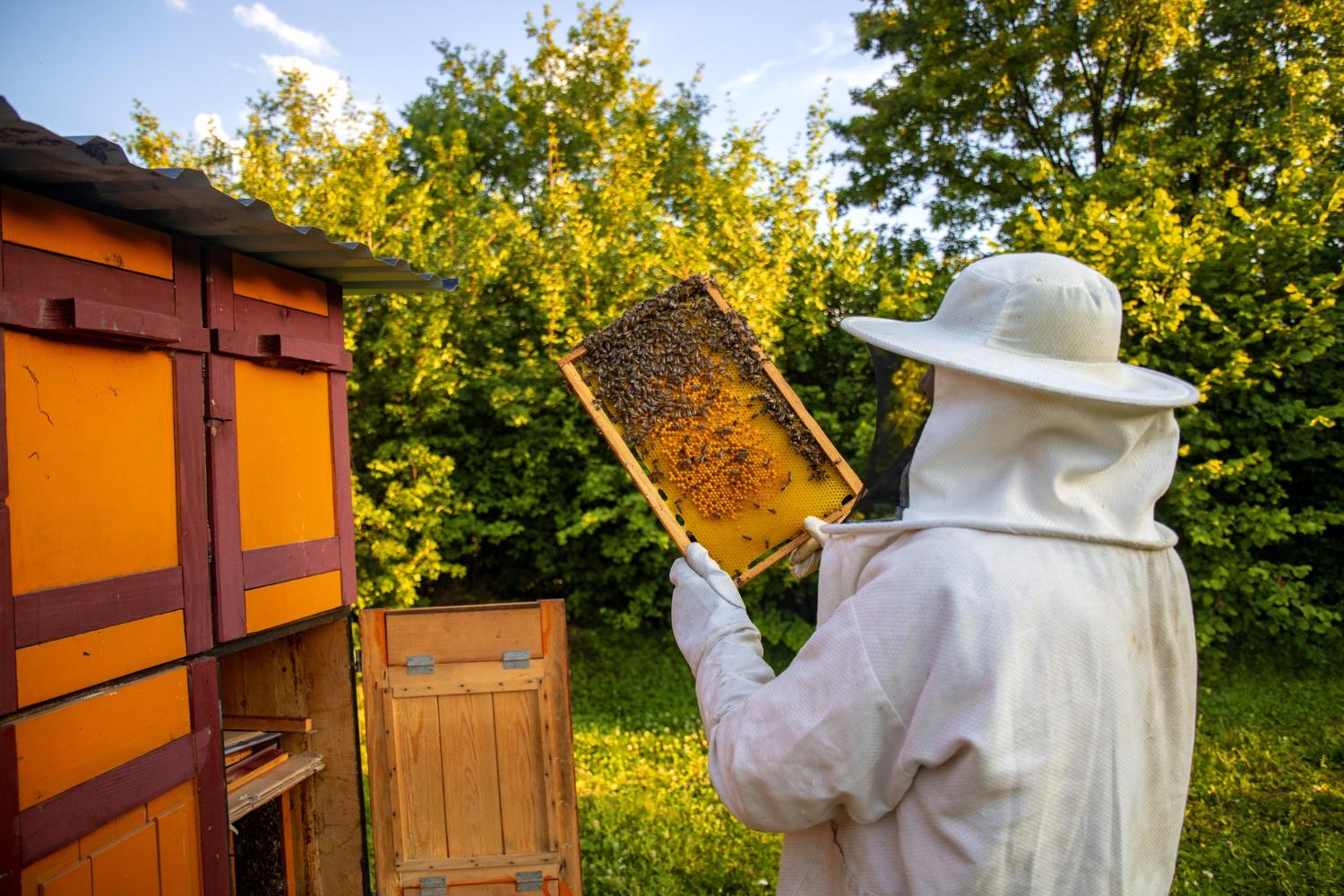Introduction
Bees play an essential role in the global ecosystem, acting as key pollinators for a wide range of crops and plants. However, modern threats like climate change, pesticides, and disease are putting bee populations at risk. To combat this, technology—specifically the Internet of Things (IoT)—is stepping in to support modern beekeeping practices. In this blog, we’ll explore the exclusive role of IoT in saving beekeeping, discuss methods of modern beekeeping, and delve into how a beehive monitoring system is becoming an indispensable tool for beekeepers around the world.
The Exclusive Role of IoT in Saving Beekeeping
The Internet of Things (IoT) refers to interconnected devices that collect and exchange data. In the context of beekeeping, IoT technology helps monitor and maintain the health of beehives through smart sensors and real-time analytics.
1. Real-Time Monitoring of Hive Conditions
IoT sensors placed inside and outside the hive measure parameters such as:
- Temperature and humidity
- Hive weight
- Bee activity and sound levels
- Carbon dioxide levels
- External weather conditions
This data is sent to cloud platforms, where it is analyzed to detect anomalies and provide insights.
2. Early Detection of Colony Collapse Disorder (CCD)
One of the major concerns for beekeepers is CCD, a phenomenon where most worker bees leave the hive, resulting in colony failure. IoT systems can detect signs of CCD early by:
- Monitoring reduced activity levels
- Tracking temperature irregularities
- Notifying keepers via mobile apps
3. Remote Beehive Management
Beekeepers can remotely access data from multiple hives spread across locations, reducing the need for constant manual inspections. This is especially useful for commercial or large-scale beekeeping operations.
4. Sustainable Beekeeping Practices
With real-time insights, beekeepers can minimize hive disruption, reduce chemical use, and make informed decisions that improve bee health and productivity.
Beehive Monitoring System: A Game-Changer in Apiculture
A beehive monitoring system is a smart setup that combines hardware and software to observe hive health and behavior. It typically includes:
- Sensor nodes (to capture temperature, humidity, sound)
- Gateway devices (to transmit data)
- Cloud-based dashboards (to analyze data and send alerts)
Benefits of Beehive Monitoring Systems
- Enhanced Productivity: Optimizing hive conditions leads to higher honey yield.
- Reduced Mortality: Identifying threats like mites or disease before they spread.
- Predictive Maintenance: Knowing when and how to intervene without disturbing the hive unnecessarily.
- Efficient Resource Management: Smart insights help save time, money, and labor.
Popular Technologies Used
- LoRaWAN and NB-IoT for long-range communication
- AI and machine learning for pattern recognition
- Solar-powered sensors for sustainable energy use
Methods of Modern Beekeeping Enhanced by IoT
Beekeeping has come a long way from traditional wooden boxes and manual checks. Today’s beekeepers are equipped with advanced tools and methods.
1. Sensor-Based Hive Management
Sensors collect detailed data, which helps in:
- Tracking bee population dynamics
- Understanding seasonal changes
- Scheduling honey harvesting at optimal times
2. Smart Hive Designs
Modern hives are built with ventilation controls, built-in sensors, and modular components to make them more bee-friendly and easier to manage.
3. AI-Powered Bee Counters
Small cameras and AI algorithms count the number of bees entering and exiting the hive. This helps determine foraging activity and spot abnormalities.
4. Climate-Adaptive Hives
IoT-enabled systems can adjust internal temperature and humidity automatically based on weather conditions, ensuring a stable environment for bees.
5. Mobile Applications
Beekeepers can receive real-time alerts, access hive history, and even get suggestions for hive maintenance through dedicated apps linked with IoT systems.
Challenges and Considerations
While the integration of IoT in beekeeping is promising, there are a few challenges to consider:
- Initial Cost: Equipment and setup can be expensive for small-scale beekeepers.
- Connectivity Issues: Remote locations may face issues with signal strength or internet availability.
- Data Security: Cloud-based data needs proper encryption and privacy management.
- Maintenance: Sensors and devices may require regular calibration or replacement.
However, as technology advances and costs drop, these systems are becoming more accessible.
Future of Beekeeping with IoT
The future of beekeeping lies in precision agriculture and data-driven decision-making. As IoT devices become smarter and more affordable, we can expect:
- Drone-based hive inspections
- Automated feeding and medication systems
- Blockchain for tracking honey origin and quality
- Predictive AI models for disease outbreak forecasts
Conclusion
The fusion of traditional beekeeping wisdom with modern IoT technology is a powerful step toward saving and strengthening our global bee populations. Beehive monitoring systems, sensor-based hive management, and AI-driven analytics offer beekeepers unmatched tools to nurture healthier, more productive hives.
